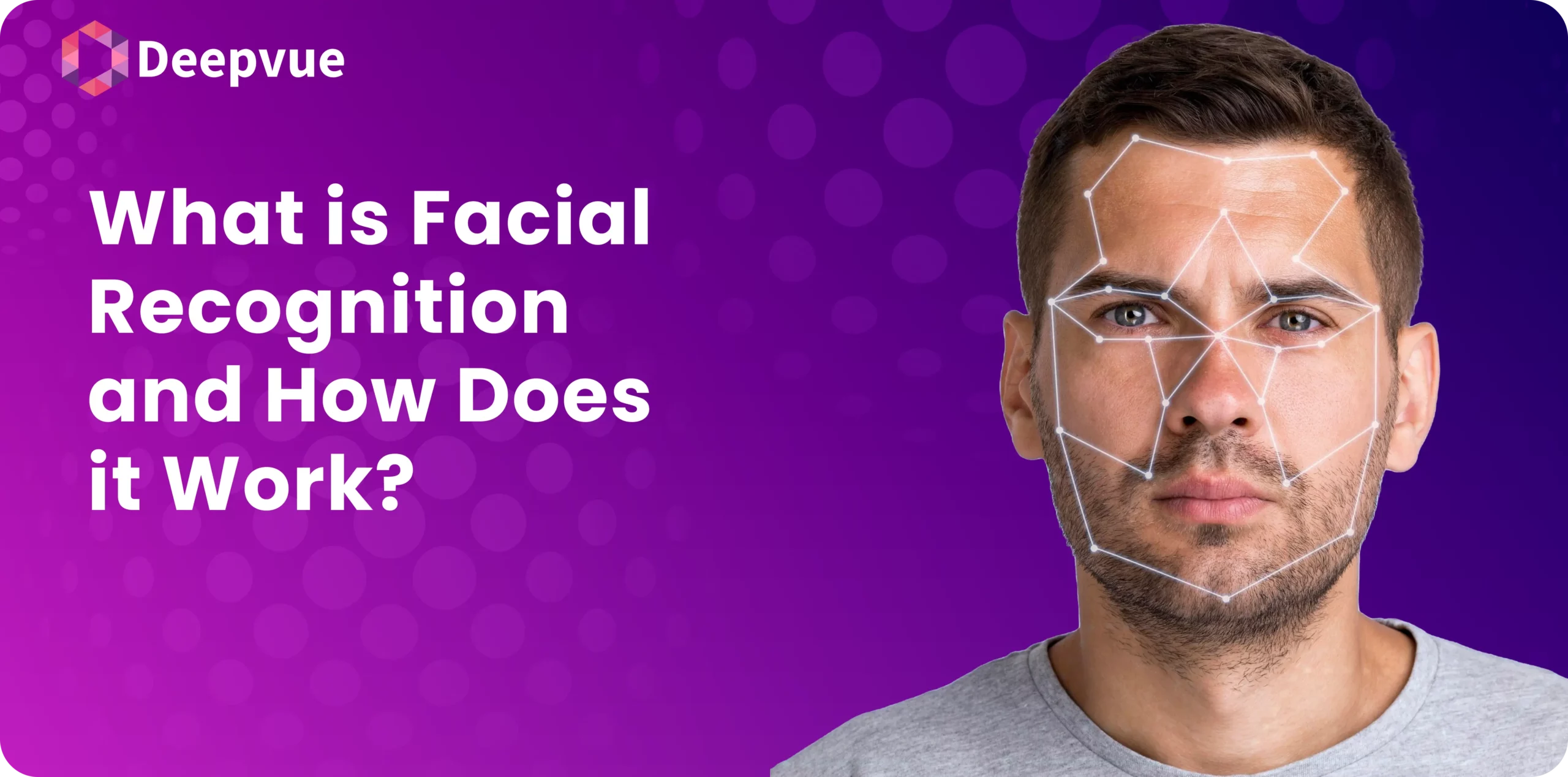Let’s face it: verifying documents used to be a lot like playing detective. Document verification has a bit of that vibe. It is a necessary quest to authenticate identities, validate details, and outwit the tricksters. Verification keeps things secure whether it’s for banking, onboarding, or checking into a new apartment.
With traditional methods, you’re looking at in-person reviews and stacks of documents that could give even the most organized person a minor breakdown. Digital verification, on the other hand, scans, analyzes and verifies at lightning speed with OCR, AI, and some sci-fi-level security. But both approaches have their quirks, strengths, and blind spots.
Should you stick with the trusted, traditional methods, or leap to a digital solution that promises speed and security? Let’s dive in to compare the classics with the digital age’s best tricks, keeping it practical and secure.
Why Document Verification Matters Across Industries?
Authenticating the documents is a must to curb fraudulence and for compliance with specified regulations of specific countries. Favorable to the financial, health, and governmental spheres as well as e-commerce, identity verification, and document verification is a paramount task in these fields.
Digital transformation is almost taking over every industry. Most of the companies started not to rely on traditional methods for document verification and opened a way to more digital methods. However, each approach has its specific benefits and challenges, making the choice dependent on the needs of the business.
Traditional Document Verification: A Closer Look
Manual processes are typically used in traditional document verification. The paper documents are submitted to the authority in person or by post, and a suitably certified worker checks them for authenticity and accuracy. This relies on oversight of human beings, but such might provide a high level of trust while being labor-intensive, time-consuming, and having the probability of human error.
Challenges of Traditional Document Verification:
- Higher Operating Costs: A high degree of staff time and resources must be used to execute a manual check, thus bringing about higher costs of operation.
- Slow Processing Times: Verifications can take up to days or even weeks, causing delayed onboarding and customer transactions.
- Scalability Issues: As businesses evolve, scaling up the manual verification procedures becomes extremely unmanageable.
- Fraud Risks: Forgery detection usually depends on the reviewer’s skill, while less consistent and accurate.
The Digital Document Verification Advantage
New technologies like optical character recognition (OCR), AI, blockchain, and biometrics are also used to verify digital documents more efficiently and accurately. As an example, algorithms usually rule out a large percentage of documents verifying themselves either online or directly by a mobile application. These algorithms scan for potential inconsistencies or fraud indicators in real-time.
Benefits of Digital Verification:
- Acceleration and Efficiency: Digital verification will enable documents belonging to a customer to be processed in minutes or even seconds. This accelerates the onboarding process, thereby decreasing wait time.
- Cost Efficiency: Automation eliminates manhandling, and thereby, the operational costs of an organization are saved.
- More Sophisticated Fraud Detection: Digital document verification uses advanced technologies like biometrics, digital KYC processes, etc which make it difficult to falsify documents.
- Scalability: Digital solutions can handle a high volume, making them suitable for fast-growing businesses or those whose volume fluctuates.
Comparative Analysis: Traditional vs. Digital Approaches
- Accuracy: Traditional verification is dependent on human skills, which are vulnerable to fatigue and error; digital systems are always accurate and can identify forged documents based on patterns learned through extensive data training.
- Speed and Efficiency: Digital verification is quick, thereby reducing processing times by a huge margin. Verifications are done in seconds. which will be very helpful to industries that require large-scale identity checks. Manual verification is known to take an enormous amount of time, thus putting the customer experience at risk.
- Scalability: Digital systems are inherently scalable and it does not add any cost to human resources for increased volumes of verifications. Traditional verification, on the other hand, is plagued with problems of scalability because it primarily relies on human resources and manual processing.
- Safety: Digital approaches feature increased security with confidence provided by encryption of data for storage purposes and blockchain verification. In traditional means, this method may be capable of providing good security for exclusive high-security environments but has the disadvantage of possessing easier options for tampering and fraud situations under unreliable human oversight.
- Cost Efficiency: Although the cost for digital verification may include the initial setup cost, its running costs are less expensive, especially for high-volume business concerns. Traditional verification includes regular labor and storage costs and can pile up in the long run.
Digital Verification Done Right: Key Best Practices

- Digital KYC Process: With the digital KYC process, businesses can streamline verification by using digital tools to authenticate users remotely. This will help reduce onboarding time and enhance security.
- Multi-Layered Security Protocols: Applying a layered security approach in authentication protocols, like two-factor authentication, encryption, and multi-factor verification, definitely reduces the risk of breach and fraud immensely.
- Implement Machine Learning for Fraud Detection: Using machine learning models capable of pattern recognition helps systems detect unusual patterns that indicate potential fraud. Algorithms can only be made more accurate and flexible through training and monitoring if they exist in continuity.
- Data Privacy and Compliance: Digitally verifying often leads to the storage and processing of sensitive data. Practice proper data governance to ensure that your practice is GDPR and CCPA-compliant. Explicit user consent should be practiced at the appropriate time.
- Regular Auditing and Updates on Systems: One should carry out regular auditing on digital verification systems to stay updated on the various strategies fraudsters develop.
- Seamless Integration for Smooth User Experience: To make digital verification highly accepted, the process should be frictionless for the user. An interface that is intuitive and has seamless integration of all other systems reduces friction both in handling and for the user.
Traditional Meets Digital: The Battle Ends Here
Speed, security, and efficiency are the imperatives of life, and digital document verification is the new gold standard. Traditional methods have served their terms, but they cannot match the fast movement of today’s scenario in this technology-oriented world. Digital verification comes with high speed which cannot be matched with manual procedures. It provides a great amount of accuracy and scalability.
At Deepvue, we understand that it’s not just about securing private data or verifying the authenticity of documents; it is what builds trust and protects against fraud. Our document verification API relies on the latest technologies to provide a fast and secure method of checking identities and documents most efficiently. By using Deepvue for your document verification requirements, you adopt a solution that gives you speed, security, and scalability—enabling your business to grow with confidence.
FAQ:
What is document verification?
Document verification is the process of authenticating a document and validating the information contained in the document to curb fraudulent practices and, at the same time, ensure compliance.
What are the main differences between traditional and digital document verification?
Traditional verification is very time-consuming as it relies more on manual work. Digital verification, in contrast, bases its action more on technology, particularly AI and OCR, which could deliver instant results of much accuracy but can be scaled up in volume.
Why should I switch to digital document verification?
Digital authentication is quicker, more accurate, has very little room for human error, better fraud detection, and is inexpensive compared to the traditional way of authenticating.
How can small businesses benefit from digital document verification?
Digital authentication ensures faster procedures, fewer errors, cost savings, and greater security for small businesses.
Is digital document verification secure?
Yes, digital verification is secure with encryption, two-factor authentication, and AI-based fraud detection, ensuring protection against data breaches.








